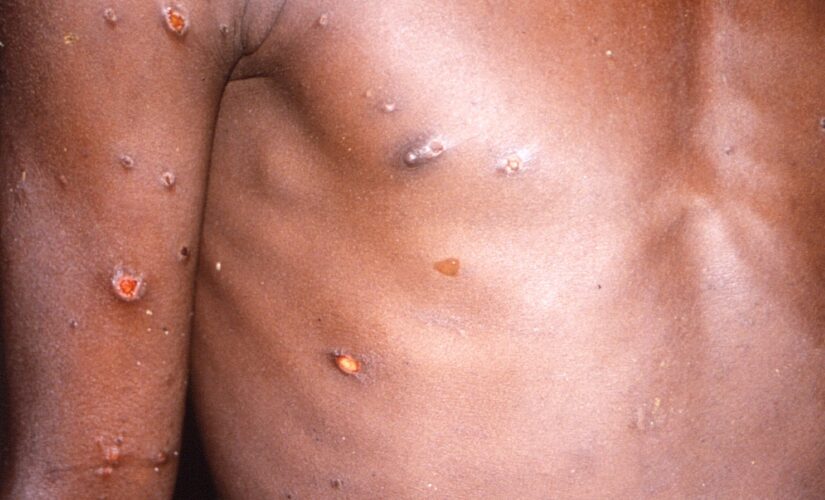NEWYou can now listen to Fox News articles!
Monkeypox cases may have been spreading out of Africa undetected for years before the initial case was confirmed on May 13, according to the World Health Organization.
Monkeypox is a well known virus that does not pose anything like the threat of COVID-19. Typically, Monkeypox cases are only found in those outside of Africa when an individual has recently traveled to the continent. The cases in May popped up nearly simultaneously across the globe in people who have not recently been to Africa, however.
“The sudden and unexpected appearance of monkeypox simultaneously in several non-endemic countries suggests that there might have been undetected transmission for some unknown duration of time followed by recent amplifier events,” the WHO wrote.
Cases outside of Africa are currently centered around Europe and North America, as well as Australia.
MONKEYPOX BY THE NUMBERS: FACTS ABOUT THE RARE VIRUS THAT’S CURRENTLY SPREADING
Monkeypox on a child in Nigeria
(Credits: Nigeria Centre for Disease Control via WHO)
Monkeypox symptoms begin as relatively flu-like but soon expand to the swelling of lymph nodes and a rash across the body and face. Ultimately, painful lesions form on rash areas, leaving severe scarring.
MONKEYPOX CONTINUES TO PUZZLE SCIENTISTS AS IT SPREADS TO MORE COUNTRIES
The disease may have gone undetected in Western countries under the guise of an STI, according to Dr. Amesh Adalja. There are a number of STIs that have similar symptoms to Monkeypox.
“What’s likely happened is an endemic infectious disease from Africa found its way into a social and sexual network and then was greatly aided by major amplification events, like raves in Belgium, to disseminate around the world,” Adalja told NBC News.
CLICK HERE TO GET THE FOX NEWS APP
As of June 3, there have been 21 recorded Monkeypox cases in the U.S. connected to the current outbreak, according to the CDC.




